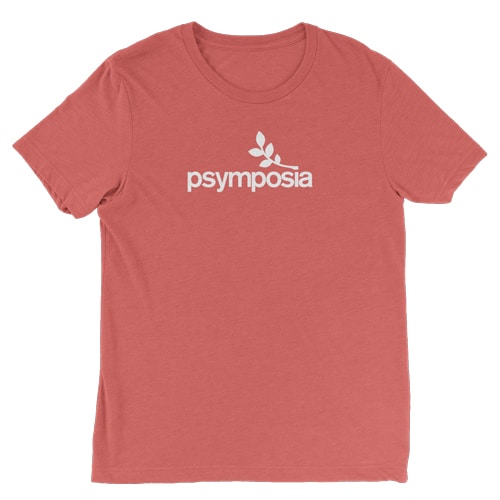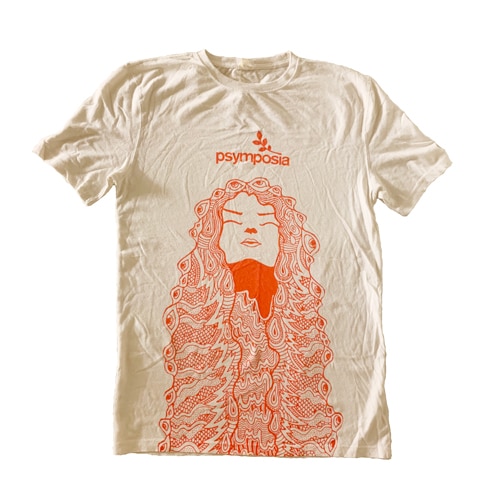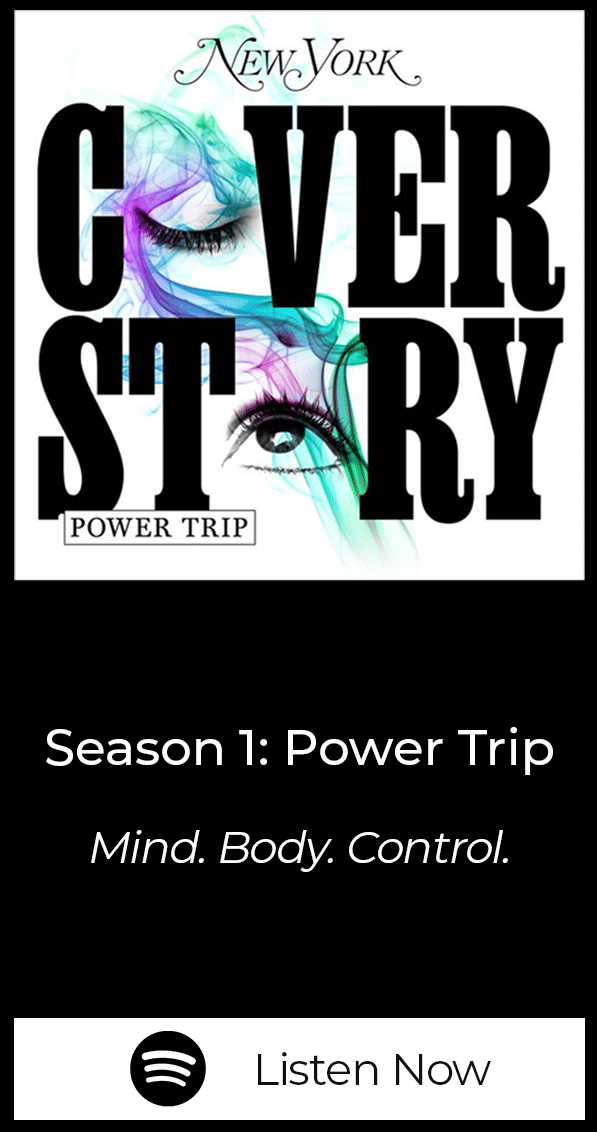Let’s Talk About Psychedelic-Induced Psychosis
Comedian Shane Mauss and Zendo Project’s Ryan Beauregard on psychedelic-induced psychosis. “It was really easy once I got past the big video game, ‘Truman Show’ feeling, to get to a place of, ‘oh, that was all in my head. I was crazy.’”
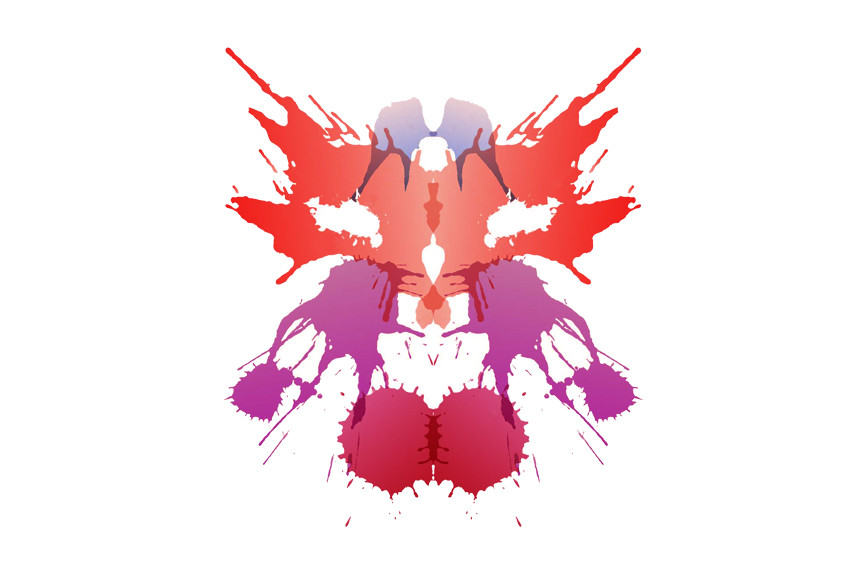
Psymposia is a 501(c)(3) nonprofit research and media organization that offers critical perspectives on drugs, politics, and culture. We rely on contributions from our readers and listeners. Your support is vital to sustaining Psymposia.
Support Psymposia’s independent journalism on Patreon and help us drive the Mystery Machine! We’re a bunch of meddling kids who are unmasking the latest shenanigans on the psychedelics beat.
“The psychotic drowns in the same waters in which the mystic swims with delight.”
This aphorism has become almost a cliche in the psychedelic community. Joseph Campbell said it first, and today it echoes in conversations about psychonauts who went too far. We accept as fact that some are mystics, some are psychotics. You never know which you are until you’ve swam out past the breakers, out of your depth, with no floor beneath your feet.
I spent several years exploring the depths of my consciousness through psychedelics, always wading above the water, belly-up, pulled by the current, fancying myself a member of the former group — a mystic. I was never scared of the water. I wanted to wade deeper. I wanted to hear voices. I wanted synchronicity. I wanted to come face to face with the divine.
One cold night in Tennessee, thanks to a heroic dose of very potent mushrooms, I got what I wished for. I heard it said once that most who seek God will cower in Her presence. Well, I didn’t cower; I panicked. The world around me dissolved into darkness. I thought I was waking up. No, I was dying. One thing was certain — there was no returning to whatever game it was I called reality.
I tried to confide in my girlfriend, but the frightened expression on her face only ushered in more paranoia, fear, anxiety. She turned to stone, and vaporized before my eyes. I grew convinced that I was in for a life of pills, white walls, guarded elevators, and double-paned windows. I flailed, drowning. Many paranoid hours later, I slept. And I awoke to a world that would never look quite the same to me.
Eventually, I regained my grounding. I shrugged off the weirdness, and decided to take a break from psychedelics. The memory of that night faded in my memory. But every now and then that feeling, that creeping, surreal, terrified feeling would sneak up on me, and I would be thrust full-force back into paranoia.
Two years later, that tingle ran up my spine during a documentary screening in Hollywood. The movie was Shane Mauss’ “Psychonautics,” informatively subtitled “A Comic’s Exploration of Psychedelics.”
The film opens with Shane on stage, offering an audience the shortest version of the story. “I wanted to prove that psychedelics are not as scary as they seem. So I did all of them.” He chuckles, and then adds off-handedly: “I just got out of a psych ward.”
It was not what I was expecting to hear in the opening minutes of a film I’d heard about through channels which preach the therapeutic potential of psychedelics. It felt bold and honest, and disconcerting.
As a psychedelic advocate, and someone who has personally found healing through those substances, I have a hard time talking about my own psychotic episode. I don’t want to fortify the old-school fear narratives, or scare off people who need help with my one “bad trip” story.
As a series of synchronicities stack up, I find myself sitting down with Shane six weeks later. He is not too long removed from the psychotic break he incurred from an ayahuasca ceremony, but he seems steady and grounded.
Over the course of our conversation, Shane tells me he’s not sure exactly what role psychedelics played in his personal development. He doesn’t want to sell them short, but he doesn’t want to fall victim to over-romanticizing them either. His hesitation is strangely refreshing. He’s hyper-aware of hyperbole, grounding his phrasing of things over and over, careful not to exaggerate. It feels practiced, deliberate. Eventually, the conversation turns to the details of his psychotic break.
“It was pretty exciting at first. I was open to it,” he recalls. “There was this [feeling] like, ‘am I a very special person?’” He pauses to chew his muffin, and his eyes drift briefly to the middle distance. “But there was a lot more fear.”
Once the fear crept in, there was no shaking it. It kept him awake for days on end. The delusions of grandeur took on terrible heft, the paranoia became oppressive, and every detail of reality seemed organized into an urgent, high-stakes mission. Dreamlike entities popped into his waking life. He grew convinced that things were after him, plotting to coax forbidden knowledge from his head.
“Once the fear and the paranoia infested this manic state, it really was able to hijack the whole system somehow. It started to feel very threatening, not just to me, but to the people around me,” Shane said.
Synchronicities stacked up. The impossible burden of god-consciousness laid upon him like a steel blanket; he felt personally responsible for all the bad things in the world. He worried that his inability to sort through his anxiety might result in nuclear apocalypse.
He repeats these paranoid fantasies with a lightness of tone now, comfortably removed from it, aware of the absurdity. But vestiges of the experience linger. “This experience still creeps me out sometimes, the experience of life, [but] the synchronicities I experience now are much more to the fun side, more like ‘maybe this means I’m on the right path.’”
The details of Shane’s psychosis, however particular, are spine-chillingly familiar to me. For a moment, I can feel myself slipping back into my own disturbed, paranoid state of mind — is this a setup? Am I speaking to myself in different clothes? Shane mentions the “Truman Show,” and I shudder.
Two weeks later, I sit down with Ryan Beauregard, co-founder of a MAPS-affiliated psychedelic support group called the Zendo Project, on a grassy oceanside knoll in Seal Beach, CA., on the coattails of the tenth anniversary of his own psychotic break. His came during a retreat in Peru, brought on by an ayahuasca admixture plant called Chiric Sanango (Brunfelsia grandiflora). He developed the same sense of inverted reality, interior/exterior confusion, and paranoia. He was kept awake for days on end.
“Everything that was going on outside felt very much like a simulation. It felt like the ‘Matrix’ or the ‘Truman Show,’ which is a common theme we see with a lot of our psychotic breaks. Delusions of grandeur, and, you know, maybe not delusions, but certainly a place where that god state or that devil state feel pretty real and experiential. Like the messages coming down feel like absolutely urgent missions. Everything in the way is just an obstacle to be conquered. Police, or locked doors, or any of those things are like, well, this is part of the puzzle to be solved.”
I’m baffled by how similar Ryan’s experience is to Shane’s and my own, but he’s unsurprised; he’s been through this so many times in his work at Zendo. I learn from him that there are certain hallmarks of this state of consciousness that turn out to be near-universal: prolonged insomnia, the “Truman Show” phenomenon (or, derealization), the world charged with hidden meaning, the feeling of an urgent mission to be accomplished.
It’s tempting, in delineating the psychotic experience, to dismiss it as a set of symptoms, a neurochemical phenomenon induced by excessive doses. It’s tempting because the psychotic state is so jarring, of so different a fabric from ordinary life, that it’s easier to deny it entirely. Still, Ryan believes denial is not the answer. “There seems to be a pretty consistent experience that across the board it seems like people are getting some pretty big downloads, and as they get received it’s a full body, experiential feeling of, like, that’s what truth is.”
He can’t put words to what that truth is, exactly. Any explanation only seems to obscure it further. Like Shane, he’s careful in speaking about the experience. He grimaces as he recalls the stress it put on his friends and family.
“It was really easy once I got past the big video game, ‘Truman Show’ feeling, to get to a place of, ‘oh, that was all in my head. I was crazy.’ It was a big embarrassment. I put my community and my family through the ringer for this thing I thought was so true, and now I’m seeing it was all a farce, and the resulting depression came from that.”
It’s Ryan’s firsthand experience that makes him an effective counselor. He is careful, almost obsessively attuned to the weight of every microexpression, every turn of phrase, every gesture. This deep understanding informs Zendo’s work.
During trainings, the Zendo camp encourages volunteers to make space for guests to sort their experiences out intuitively, to not guide the experience based on their (the volunteer’s) conception of what is healthy. Their approach to counseling is summated in four basic principles: “Safe space. Sit not guide. Through not down. Difficult not bad.”
Responding in healthier ways when someone is having an overwhelming experience seems to be a major component in containing the experience. Everyone I’ve spoken to who has had a psychotic break describes their paranoia being fed by the people around them, loved ones who are scared, confused, concerned.
Despite the important work Zendo is doing, however, the scope of the help they are able to provide is limited to the length of the festival at which they are participating. The process of integration is much longer, leaving most to tend to it on their own.
“It’s been something we’ve talked about at Zendo, of what does it look like to create more after-care. Because it’s a great service we provide at the festival, but as soon as the festival shuts down, it can’t happen anymore. So if we find there’s a psychotic break on the first day and they need two or three days to go through it, and we have that long, maybe we allow them to make the arch and the loop back to a more integrated place, but so often it doesn’t happen that way.”
The word “integration” comes up more often in my conversations around this topic than any other, and yet it feels slippery and nebulous. I can’t quite figure out what integration entails, exactly.
“What I saw in my integration was being able to have some opportunity to make sense of some of the things that seemed crazy, and to get that some of those deeper messages were available to really make transformations, but that they required a much deeper and slow-cooked solution than the instant snap-my-fingers reality I was living in,” Ryan said.
Talking to him, a bigger picture snaps into focus. My own experience, which has for so long felt isolating, takes a softer shape. Integration, as far as I can tell, means mining these challenging experiences for something useful, and then applying it to your everyday life. I spent years mostly denying a profound spiritual experience because I was afraid of dispensing with my conception of what is healthy, of being labeled schizophrenic, or prescribed antipsychotics.
I recall Shane lamenting to me in our conversation how unhelpful his institutionalization was to his recovery process.
“This is an unusual state, especially in our culture. So you take [the psychotic person] to a doctor, this highly conscientious person who has probably had a pretty stable life and they have these criteria for understanding, like, whether you have a heart condition, and you come in saying you’re god and they’re like ‘okay,’ and they pass the buck to a therapist. The therapist read too much Freud and doesn’t know what they’re talking about either and they say, ‘Is this person a danger? Well there must be some chemical imbalance,’ whatever that means, and they give them a pill which is supposed to stop this unstable state. I think it’s horrifying. Often these states need to work themselves out. If you stop the trip dead in its tracks, there’s a dangerous amount of unresolved shit. You’ve gotta let the story play out.”
Both Ryan and Shane cite stories of shamans who work with schizophrenics as a model for an alternative approach to institutionalization, and both stress the importance of a support system.
“So much of the trauma we’re enduring is through the isolation. I really think to properly integrate it takes community support,” Ryan tells me.
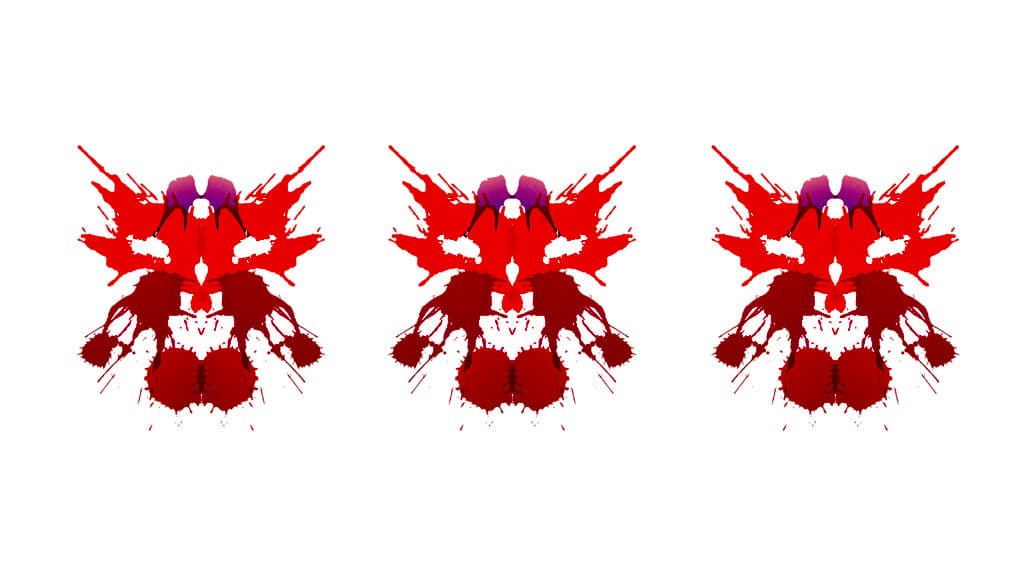 In the days following these conversations, I feel an extraordinary sense of relief at having been able to speak openly about my experience. With Shane and Ryan’s help, I’m learning that the challenging psychedelic experiences are just as important as the joyous ones. And, perhaps more transformative. But transformation requires care, attention, time, and support.
In the days following these conversations, I feel an extraordinary sense of relief at having been able to speak openly about my experience. With Shane and Ryan’s help, I’m learning that the challenging psychedelic experiences are just as important as the joyous ones. And, perhaps more transformative. But transformation requires care, attention, time, and support.
When Campbell laid out his analogy, it was never meant to describe two concrete groups. The distinction between mystic and psychotic is fluid. The mystic has a means of interpreting and integrating spiritual experience into everyday life, and a supportive community with whom to share the story.
It is without that framework that the psychotic drowns in a deluge, alone, unable to carve out meaning from the chaos, afraid of what people might think if they knew. Too many of us dive in too hastily, avoiding the responsibility of integration.
If the psychedelic community is to flourish, we must teach our psychotics to swim.
Hey! Before you go… Psymposia is a 501(c)(3) non-profit media organization that offers critical perspectives on drugs, politics, and culture. We strive to ask challenging questions, and we’re committed to independent reporting, critical analysis, and holding those who wield power accountable.
Our perspectives are informed by critical analysis of the systemic crises of capitalism that have directly contributed to the unmitigated growth of addiction, depression, suicide, and the unraveling of our social relations. The same economic elite and powerful corporate interests who have profited from causing these problems are now proposing “solutions”—solutions which both line their pockets and mask the necessity of structural change.
In order for us to keep unpacking these issues and informing our audience, we need your continuing support. You can sustain Psymposia by becoming a supporter for as little as $2 a month.
Brett Felty
Brett is a writer, filmmaker, and creative director for LA-based film collective Nobody’s Empire. You can usually find him belly-up in a patch of grass somewhere with his nose in a book.

